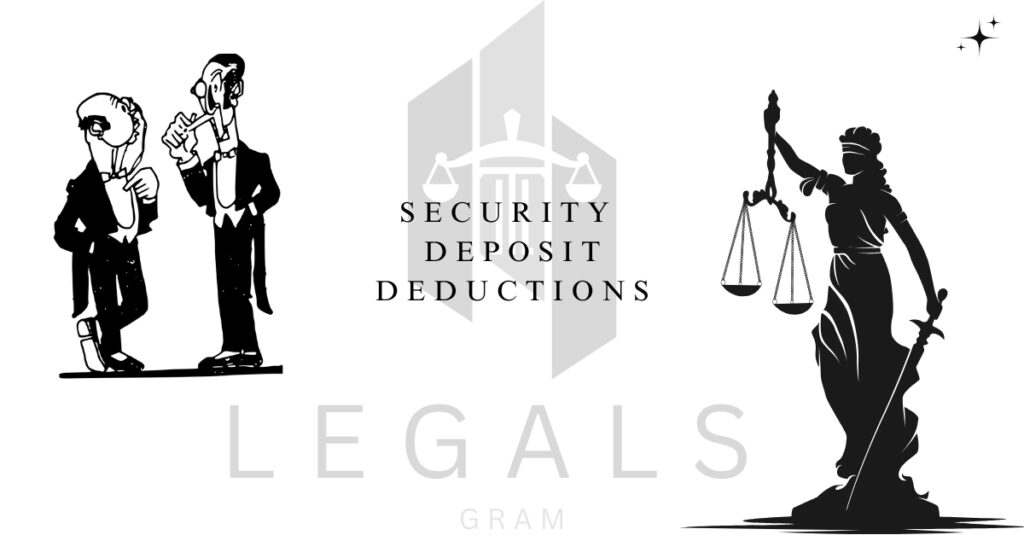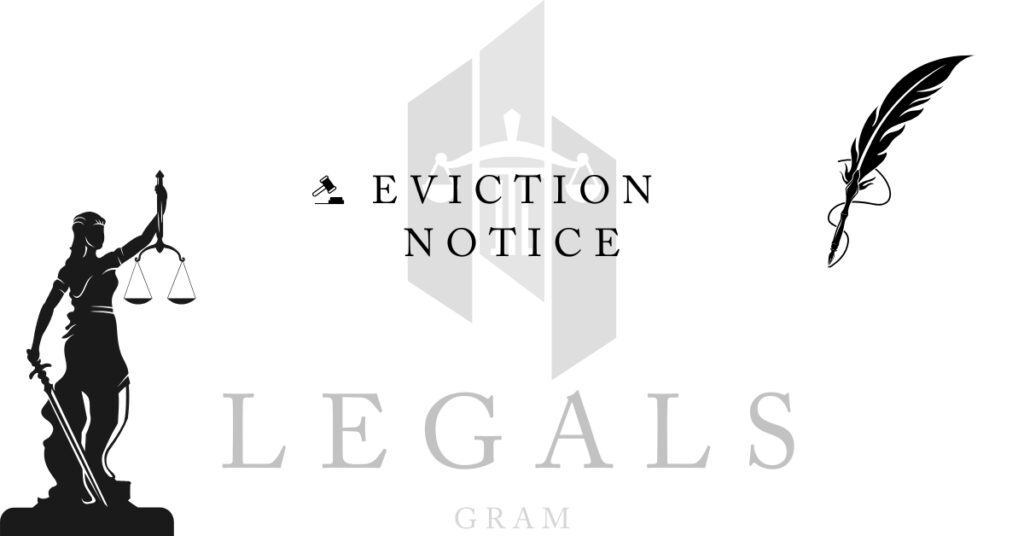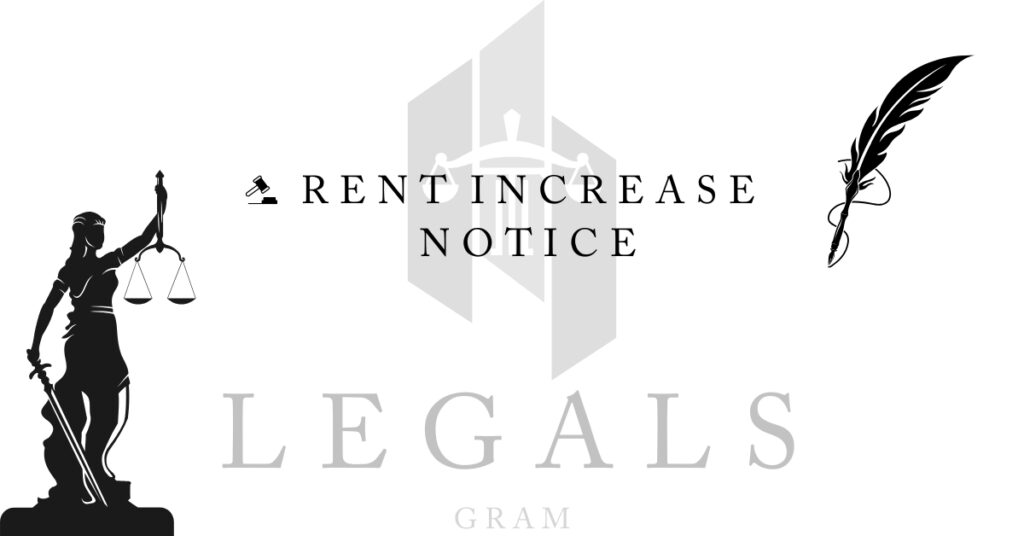Security deposit controversies incur landlords thousands of dollars in legal costs as well as time not well spent. Ignorance of how to get the deduction notice right saves you the court and preserves your property investment.
What Is a Security Deposit Deduction Notice?
A security deposit deduction notice has to strictly inform the tenants what he/she is retaining out of the deposit and the reason thereof. The document will provide the landlords with legal protection safeguarding against deposit disputes and lawsuits.
In the majority of states, they have to make a written notice of 15-30 days upon the tenants having moved out. The notice should give every deduction together with costs and reasons. Fill this in and you can be obligated to refund the entire deposit even in the cases of reasonable damages.
Valid Reasons for Security Deposit Deductions
Unpaid Rent: First is outstanding rent payments. Put late fees in case they are permitted in your lease agreement.
Property Damage: Wear and tear that is beyond normal wears. The stains on carpets, holes on walls, and broken windows are included. Commonly used paint that is faded and a worn carpet does not count.
Cleaning Costs: Professional cleaning in case the unit was not returned move- in. Record the initial clean mess with pictures.
Outstanding Utilities: Water, gas or electric debts that were incurred by the tenant.
Lease Violations: Pets causing damages when pets were not permitted. Smoking impairment at non-smoking units.
Documentation Requirements
Before Move-In: Take pictures of all the rooms, in detail. Record move-in checklist with current damage. Make tenants sign and date a document.
During Tenancy: Record all the damages reported in inspections. store of repair receipts and letters concerning property matters.
After Move-Out: Damaging photos and videos. Receive repair quotes in days of tenet loss. Keep all the receipts of the actual repair costs.
Writing the Deduction Notice
Include These Elements:
- Tenant names and property address
- Move-out date and notice date
- Original deposit amount
- Itemized list of each deduction
- Cost breakdown with receipts
- Remaining balance due to tenant
- Your signature and date
Attach Supporting Documents: Include photographs, receipts, and repair estimates. The better you document, the better your case when arguments emerge.
Common Mistakes That Cost Money
Missing Deadlines: The late notices usually imply the full deposit refund. It is important to set calendar reminders on move-out.
Vague Descriptions: A general clean-up will not pass in court. Write a kitchen deep clean inclusive oven and refrigerator.
No Receipts: Big repairs cannot be just estimated. Obtain real invoices by contractors.
Personal Property: You are not supposed to charge things left behind by tenants unless it is mentioned in the lease.
Wear and Tear Confusion: Courts give favor to tenants in case of ambiguity in classification of damages.

Security Deposit Deduction Limits
Majority of the states restrict full deductions to the amount of deposit. Normal claims of damages to the tenants can not be charged more than the deposit using the notice process.
In the case of severe damage more than the deposit, take independent legal action. The deduction note simply settles that you are withholding something out of their deposit.
In some states, they have limited cleaning costs or need professional estimates in repairing or any expense exceeding a specific limit. Find out your domestic boundaries.
When Tenants Dispute Your Notice
Respond Quickly: Resolve the complaints of tenants within days. Submit supporting evidence when asked.
Negotiate When Possible: Minor differences do not expect court fees. Entertain part payments on dubious over charges.
Keep Records: Keep all messages regarding the conflict. Write down reasons that make each of your deductions.
Small Claims Court: Most deposit disputes are covered by the small claims court in case of failure of negotiations. Bring your photos, receipts and documentation.
Returning Remaining Deposits
Forward the deposit money that is left in, and the notice of deduction. Proof of delivery should be certified mail with a return receipt.
Add interest in case it has to be collected by your state. In California and a few other states deposits exceeding a year are required to pay interest.
Write the check in the names of all tenants as indicated in the lease. This avoids problems where the tenants may have different preferences on the way to share the refund.
Best Practices for Landlords
Move-Out Inspections: Walk through with tenants when possible. Agree on damage assessments before they leave.
Quick Turnaround: Start repairs immediately after move-out. Fresh damage is easier to document and prove.
Fair Pricing: Use competitive repair quotes. Excessive charges invite disputes and negative reviews.
Professional Help: Complex damage or expensive repairs might need contractor assessments for accurate pricing.
Protecting Your Investment
Effective security deposit management secures your rental earnings and name. Tenants discuss their experiences on the Internet and among acquaintances.
Tenants develop better relations and few vacancies are a result of fair documented deduction processes. Even outgoing tenants want to be informed clearly regarding their deposits.
Ready to streamline your deposit process? Use our template below and adapt it for your state’s requirements. Consistent documentation saves time and money while protecting your property investment.



